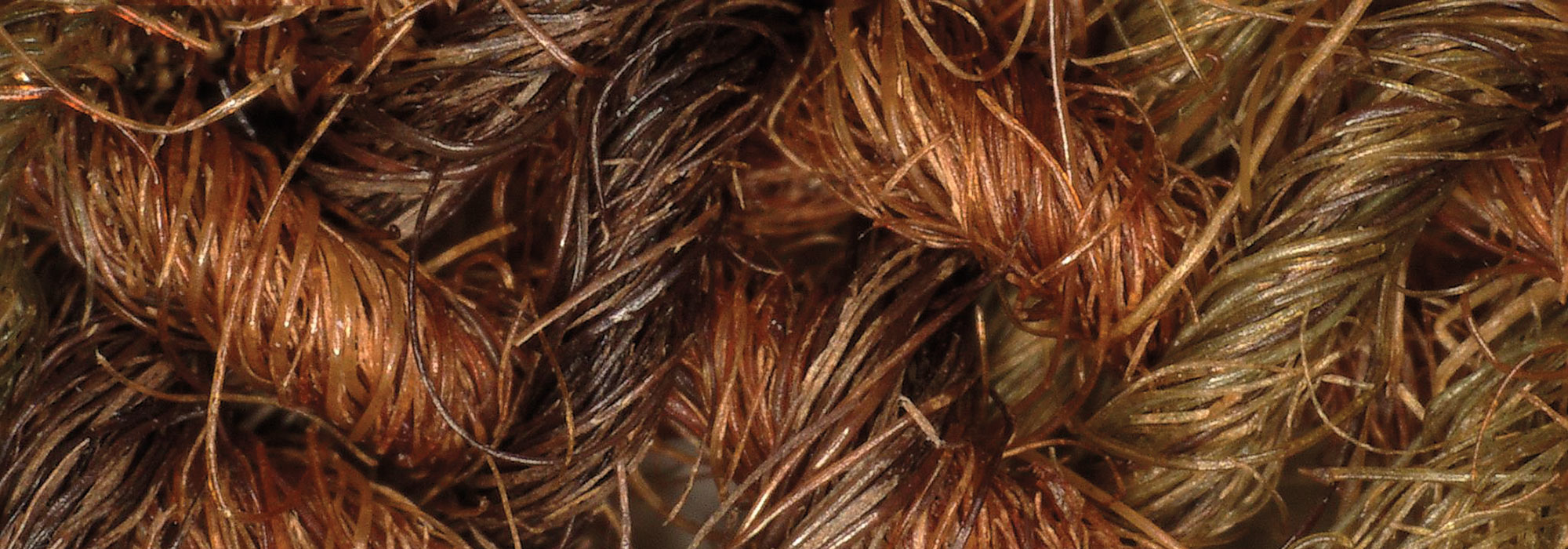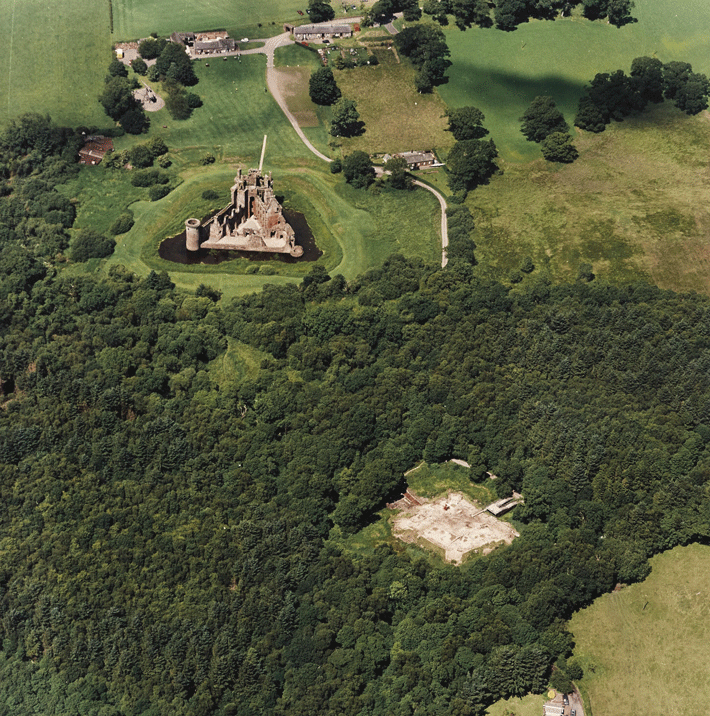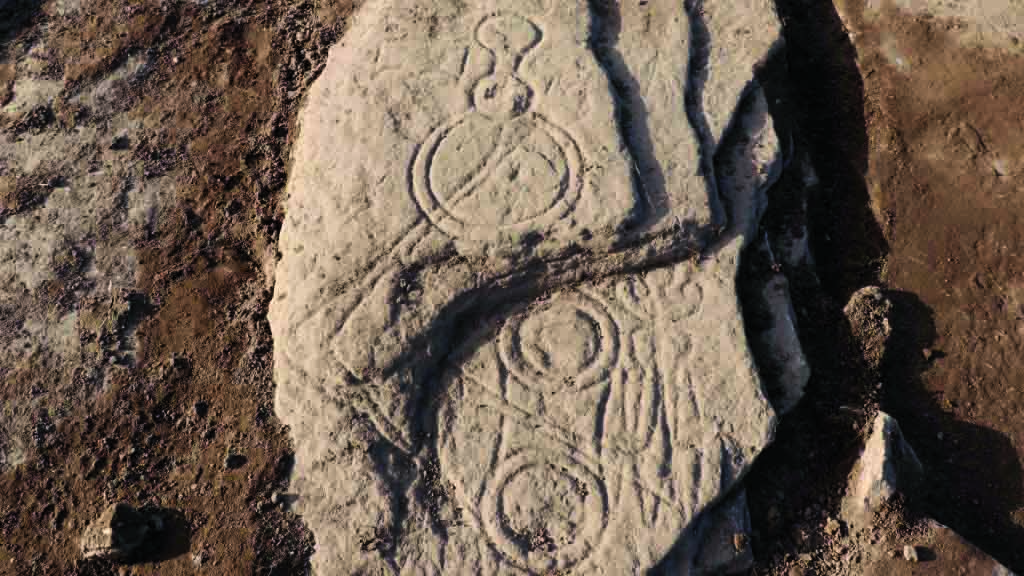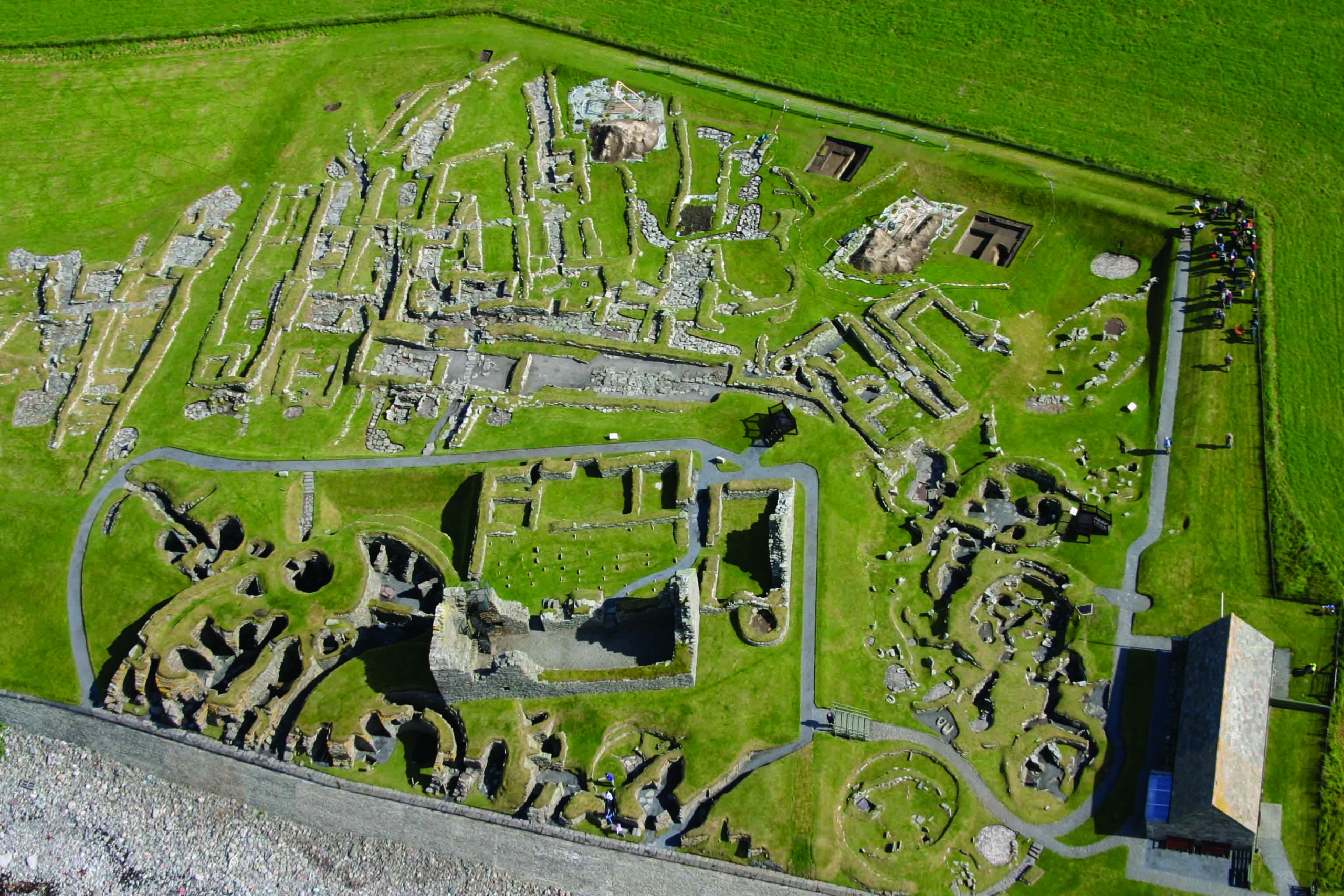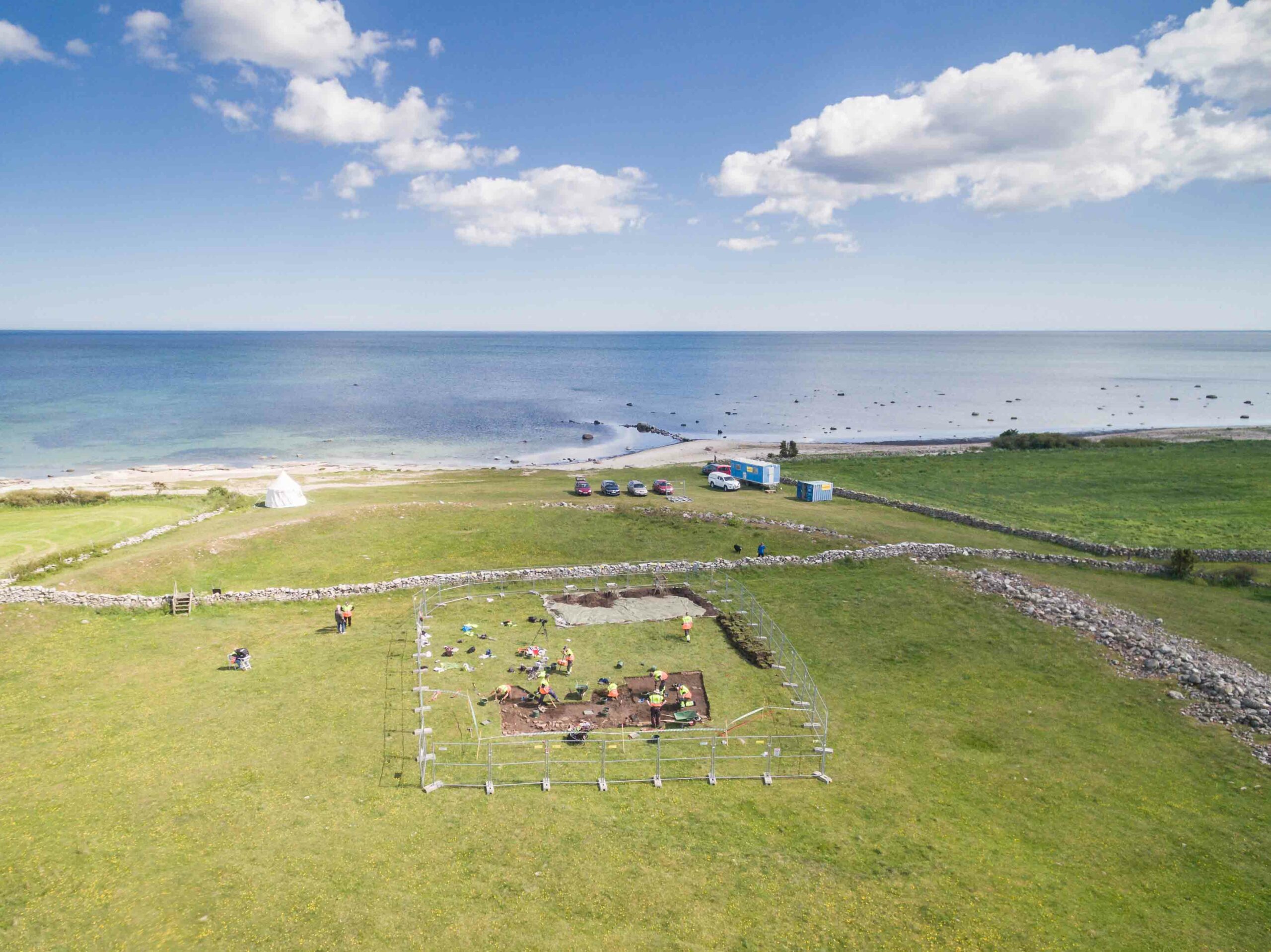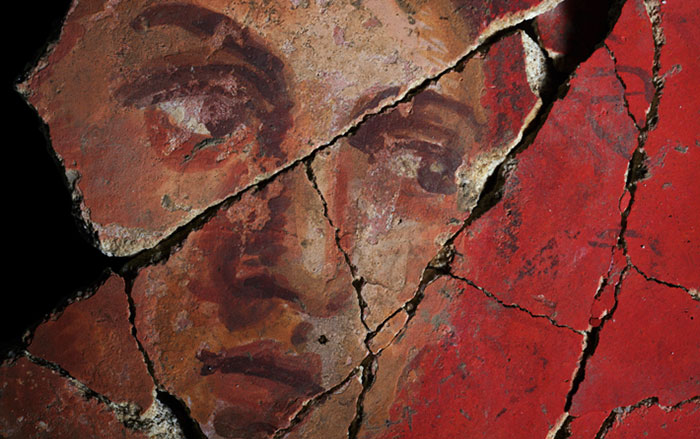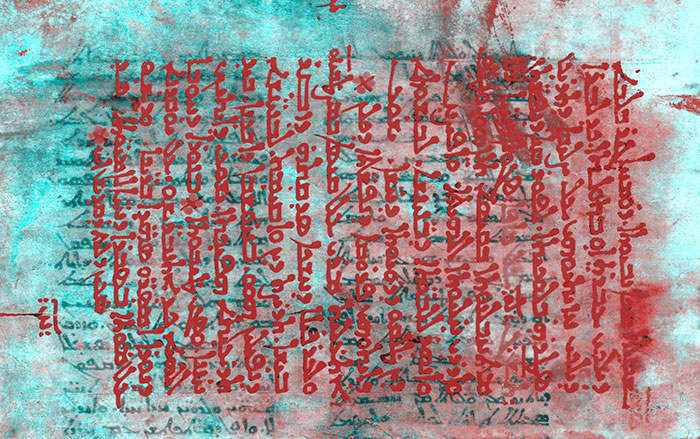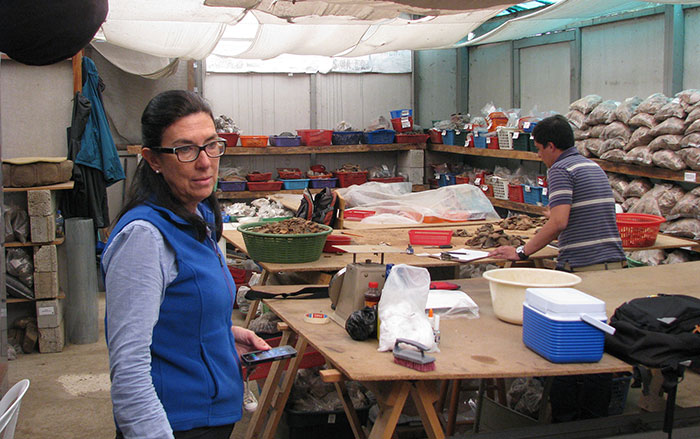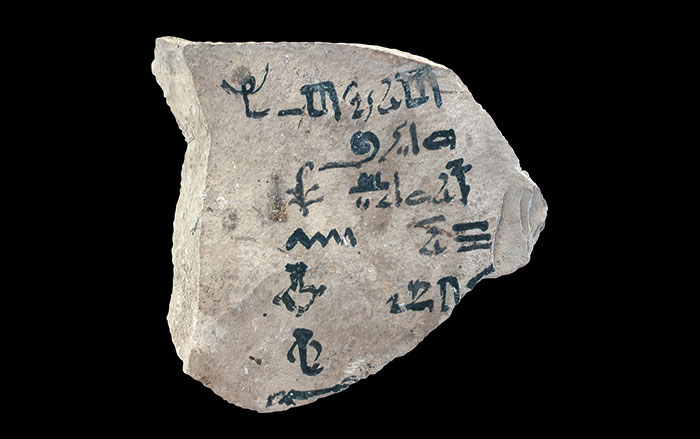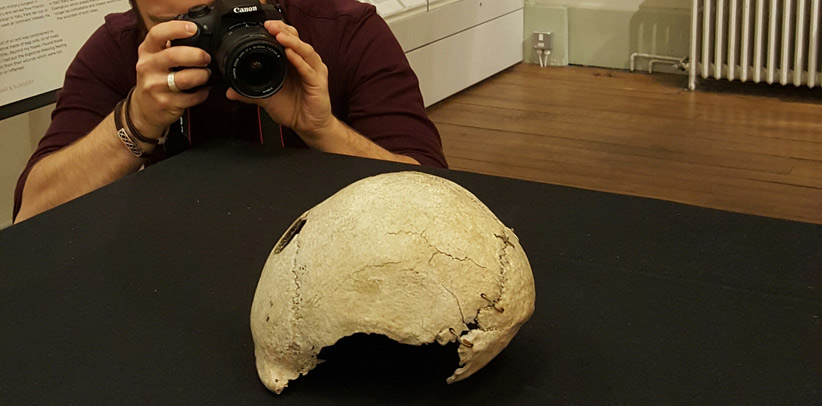
EDINBURGH, SCOTLAND—A digital 3-D model has been made of a skull thought to be the remains of a soldier killed at the Battle of Culloden in 1745. The skull has been part of a museum collection since the early nineteenth century, and is said to have been recovered from an area of the battlefield where the Highlanders wrapped their plaids around their left arms and stooped low to attack Loyalist forces. The top of the skull bears an entry wound from a musket shot; there is an exit wound at the back of the skull. “We cannot say whether the skull fragment belongs to a Jacobite or one of the Government troops but the injury to the top of the head could be interpreted in a number of different ways," said Head of Archaeological Services Derek Alexander of the National Trust for Scotland in a press release. "It could be from someone, head down, looking at the ground as they charge forward, or an individual who has already been wounded and is on their hands and knees." To read more about archaeology in the region, go to "Letter From Scotland: Living on the Edge."


